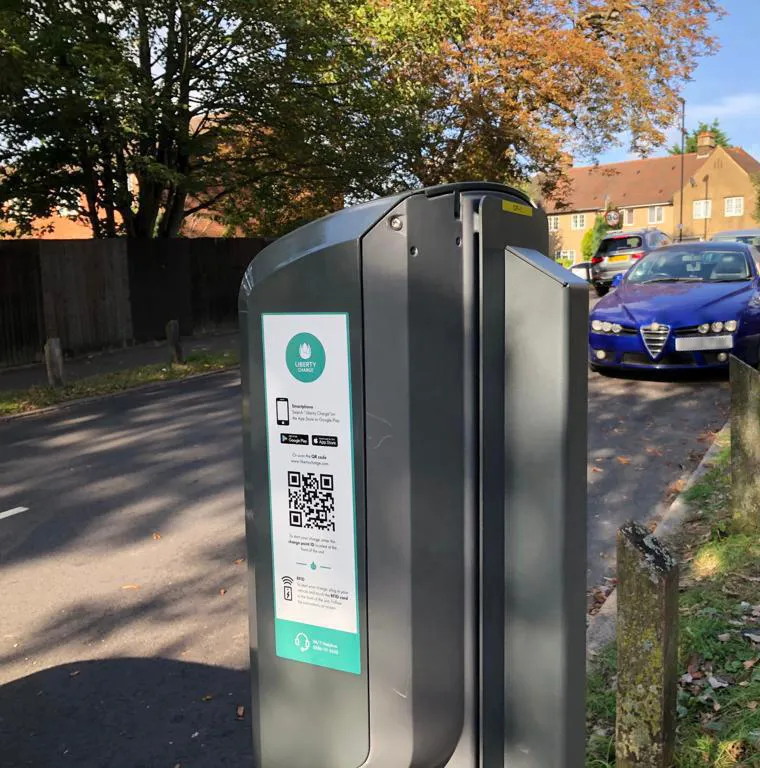Connected vehicle technology company Tantalum Corporation has been awarded US$1.2 million (£1 million) of funding by Innovate UK to develop real-time NOx emissions estimation capability, which it says will give local authorities the ability to implement dynamic road charging based on actual vehicle emissions. Tantalum already has real-time CO2 emissions estimation capabilities and will work with Imperial College London in developing and verifying its ability to accurately estimate NOx emissions as part of i
April 11, 2017
Read time: 2 mins
Connected vehicle technology company 8615 Tantalum Corporation has been awarded US$1.2 million (£1 million) of funding by Innovate UK to develop real-time NOx emissions estimation capability, which it says will give local authorities the ability to implement dynamic road charging based on actual vehicle emissions.
Tantalum already has real-time CO2 emissions estimation capabilities and will work with Imperial College London in developing and verifying its ability to accurately estimate NOx emissions as part of its Air.Car project.
Tantalum’s solution can be connected to any vehicle’s on-board computer. Combining the emissions data streams with the vehicle’s location and driver behaviour will inform drivers and public authorities of the real environmental impact of individual vehicles.
A major part of Tantalum’s Air.Car project is a 1,000 vehicle trial starting in autumn 2017 to test and fine tune the solution. Tantalum is recruiting fleets from the public and commercial sectors as part of this trial, which will run within London and other UK cities where Clean Air Zones are to be established.
Tantalum already has real-time CO2 emissions estimation capabilities and will work with Imperial College London in developing and verifying its ability to accurately estimate NOx emissions as part of its Air.Car project.
Tantalum’s solution can be connected to any vehicle’s on-board computer. Combining the emissions data streams with the vehicle’s location and driver behaviour will inform drivers and public authorities of the real environmental impact of individual vehicles.
A major part of Tantalum’s Air.Car project is a 1,000 vehicle trial starting in autumn 2017 to test and fine tune the solution. Tantalum is recruiting fleets from the public and commercial sectors as part of this trial, which will run within London and other UK cities where Clean Air Zones are to be established.










